春Spring
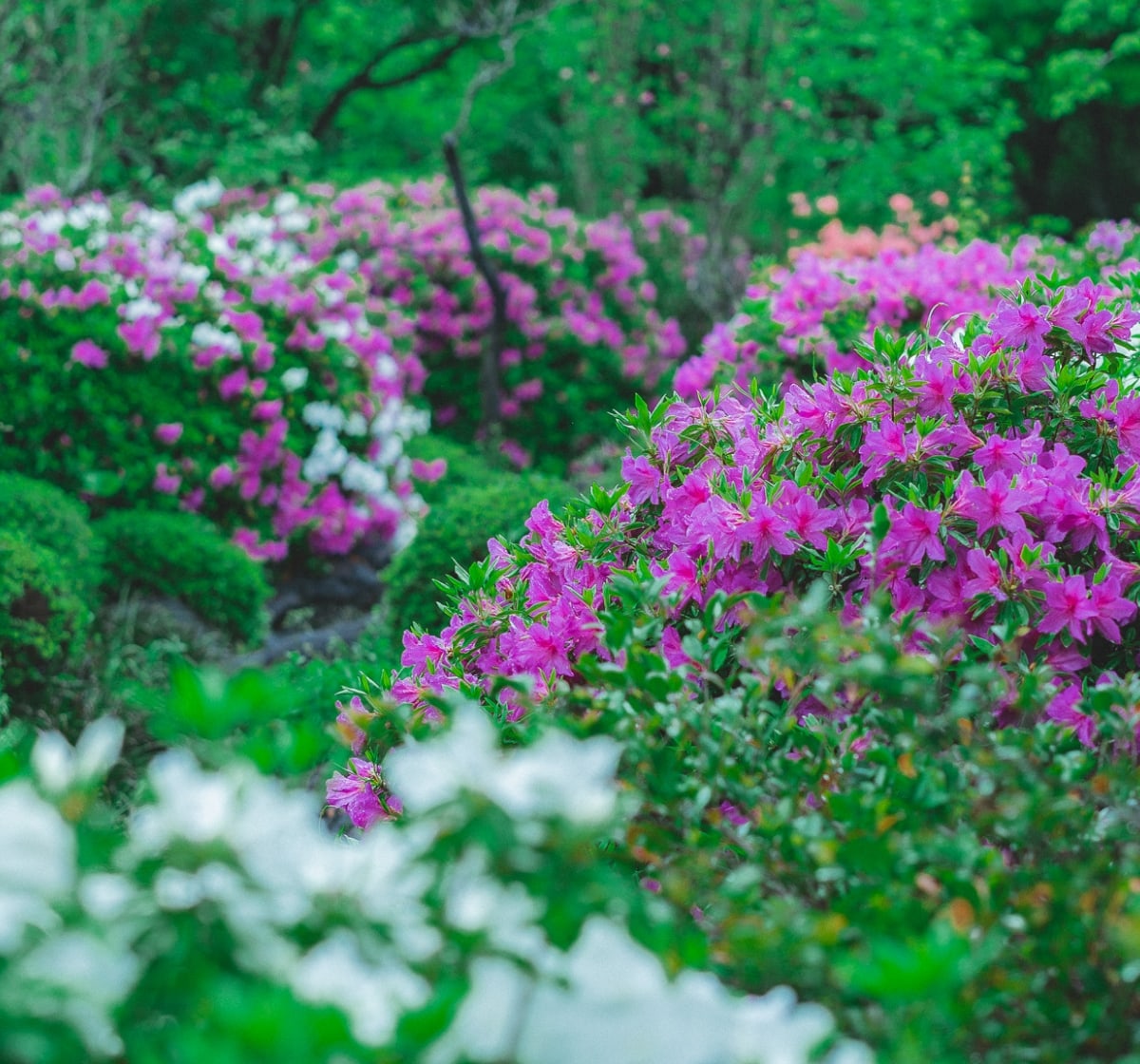
The gentle spring breeze
Spring, the season of budding flowers, brings warmth to all. The soft spring sunlight enhances the beauty of the Japanese Garden.
Flowers in bloom
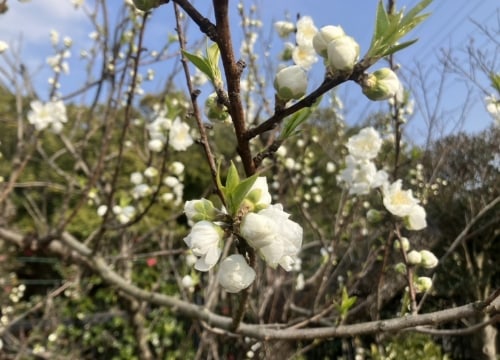
Peach blossoms
Best season: Mid-MarchLocation: Togen-daiYou will find peach blossoms at Togen-dai, which is modeled after the Chinese utopia described in The Peach Blossom Spring.

Cherry blossoms
Best season: Mid-March (early blooming), mid-April (late blooming)Location: Togen-dai, near Eiha Bridge and KansendenThroughout the garden, you will find different varieties of cherry blossoms such as weeping cherry, Tairyo-zakura, and Sato-zakura.
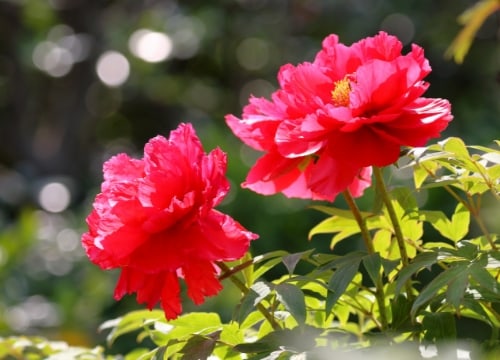
Peony
Best season: Mid to late AprilLocation: Togen-daiThe peony, appreciated for its large and stunning flowers, is revered as the "King of Flowers. "About 500 peony blossoms grown locally can be found at Togen-dai, which is modeled after the Chinese utopia described in The Peach Blossom Spring.
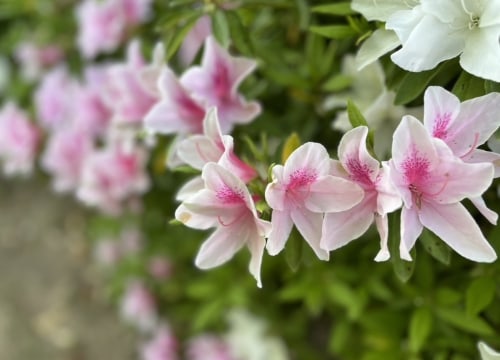
Rhododendron
Best season: Mid-April to mid-MayLocation: Throughout the gardenThe Kirishima rhododendron and Hirado rhododendron will bloom one after the other.
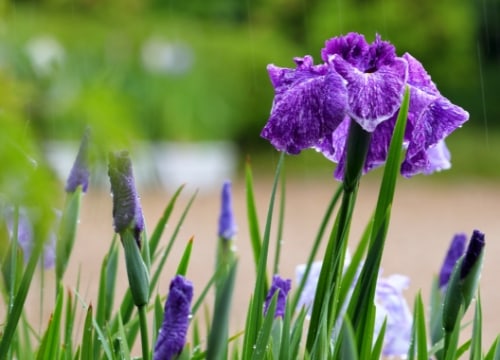
Japanese iris
Best season: Late May to early JuneLocation: Tojakuchi and Shunen BridgeThe Japanese iris has been loved since the Edo period when different types were cultivated in various parts of Japan. The garden mainly exhibits the Edo, Ise, and the older Nagai varieties.
夏Summer
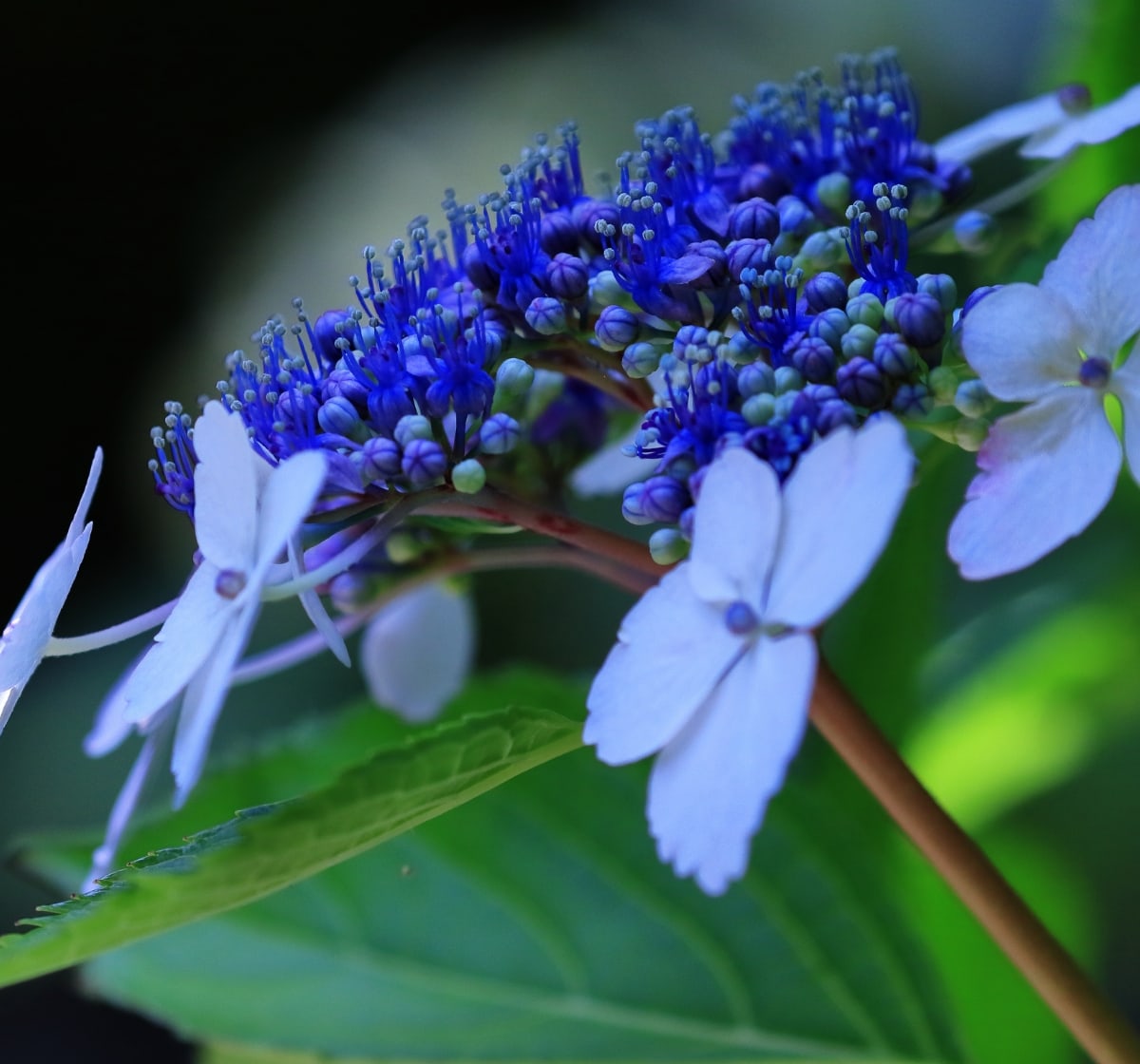
The summer, full of vitality
In summer, the Japanese Garden is filled with a vivid blue sky, and the fresh greenery of the early season flourishes. Listen to the whispering river as you cool off under the shade of the trees.
Flowers in bloom
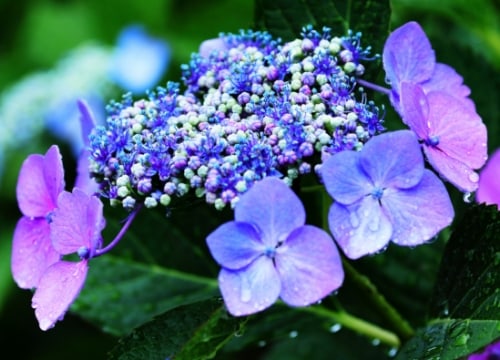
Hydrangea
Best season: Mid-June to early JulyLocation: Throughout the gardenAs a symbol of the rainy season, all hydrangeas in the garden are planted in the ground. You can admire both lacecap and bigleaf hydrangea varieties.
秋Autumn
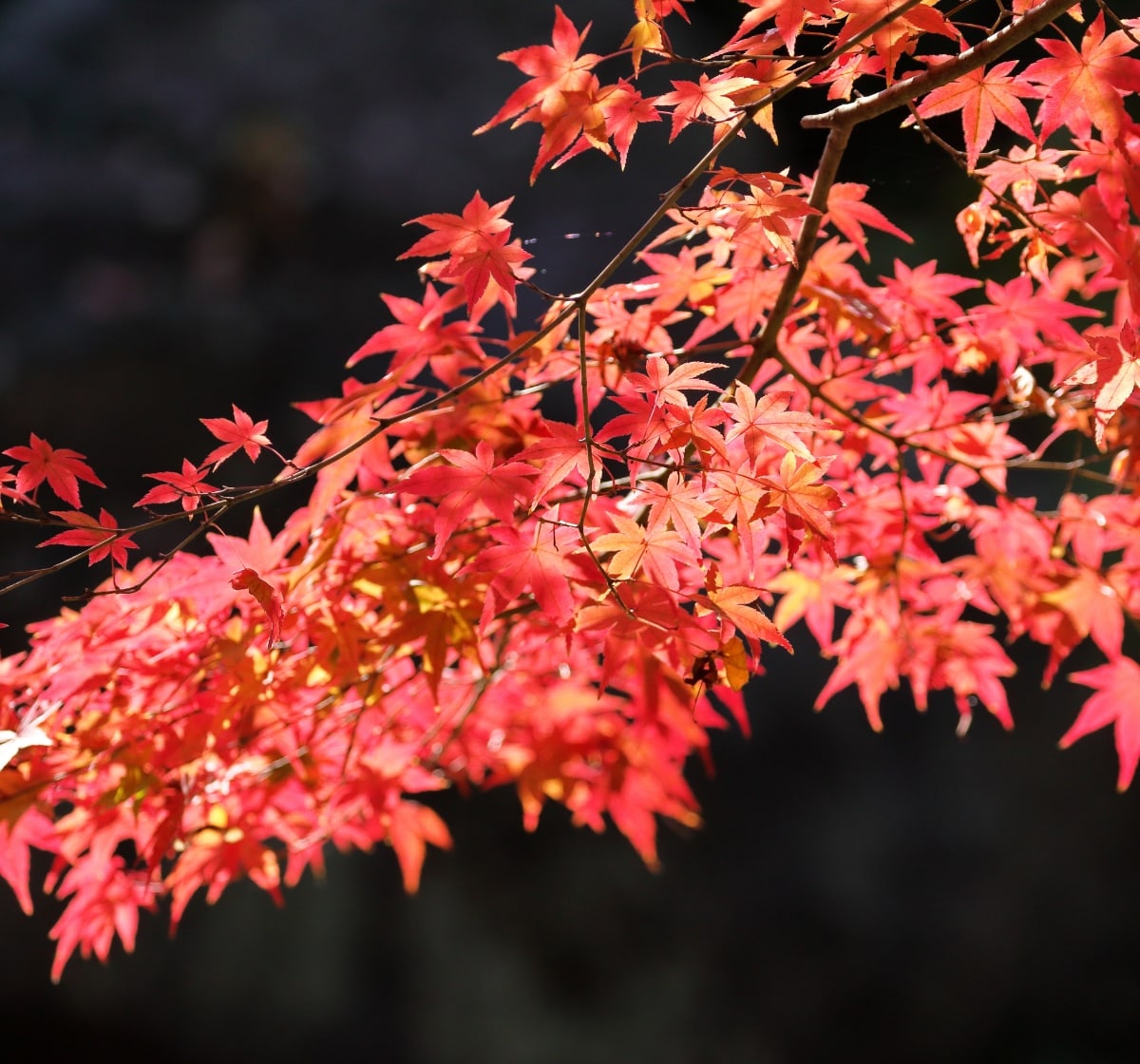
The autumn, rich in colors
The contrast of red and yellow autumn leaves gracefully adorns the Japanese garden. The reflection of the leaves on the water creates a breathtaking veil of autumn foliage.
Flowers in bloom
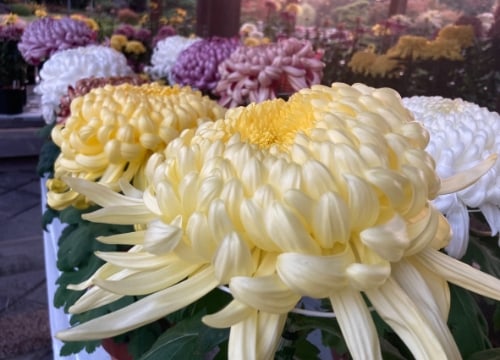
Chrysanthemum (Sakai City Chrysanthemum Display)
Best season: NovemberLocation: Near the Rest HouseA local chrysanthemum contest will display the larger Ogiku and smaller Fukusuke varieties, along with many others, all cultivated with the utmost care by members of the Naniwa Chrysanthemum Association.
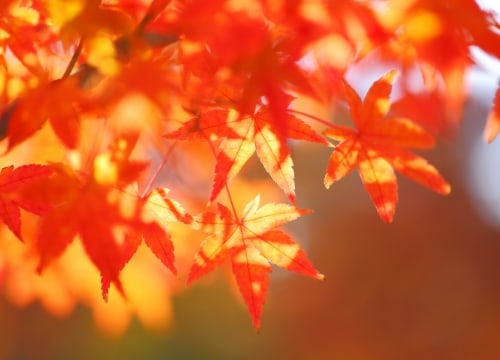
Japanese maple
Best season: Mid to late NovemberLocation: Near Ingetsu Bridge and Eiha BridgeAbout 100 Japanese maple trees will transform into a display of crimson hues. Don't miss the scenery of the maple trees over the stream, which is modeled after a mountain river in the Japanese imagination.
冬Winter
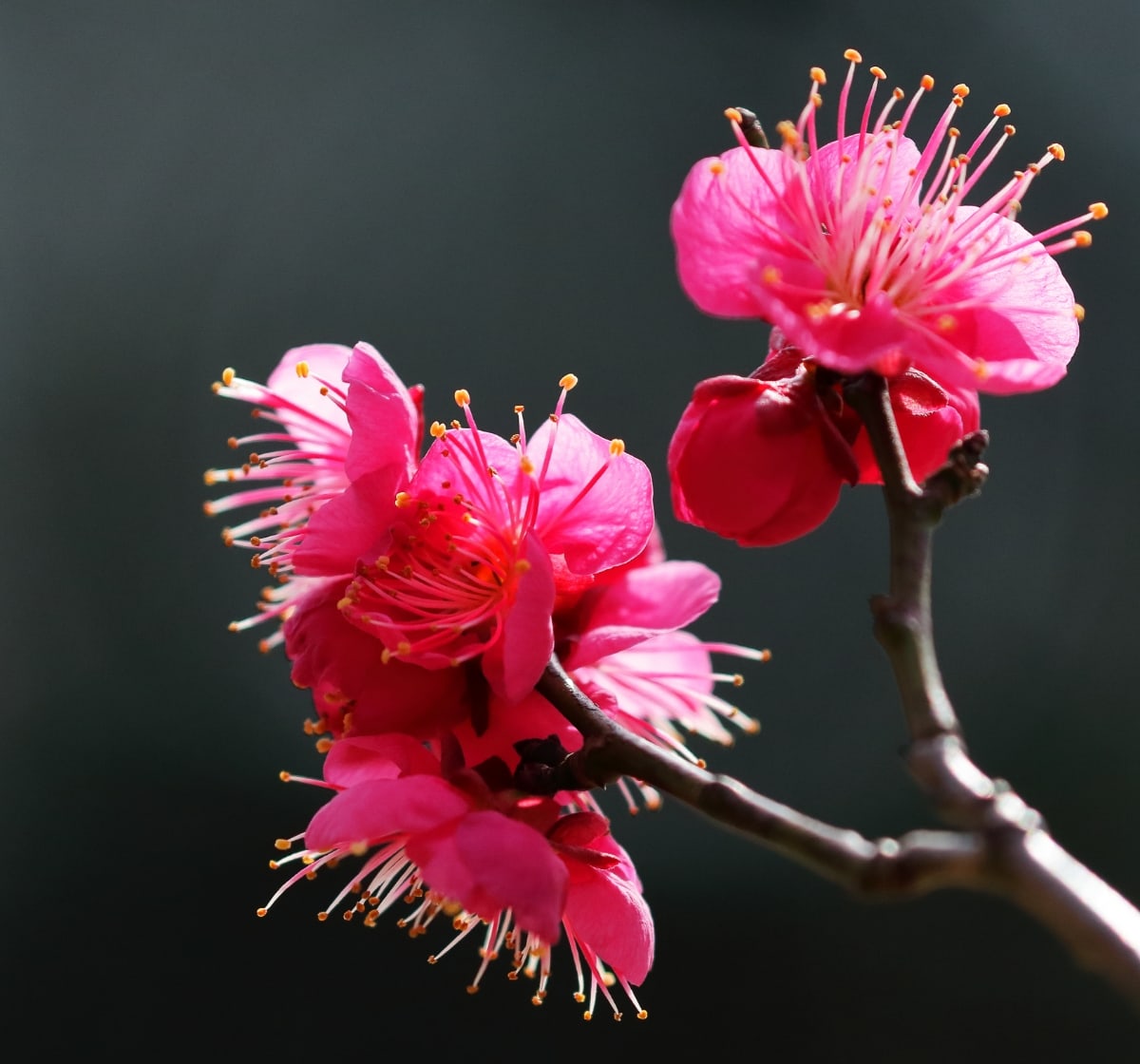
The briskly cold winter
The Japanese garden lets visitors feel wabi-sabi, the beauty of imperfection, along the fallen leaves. The plum blossoms' fragrance and pine trees' beauty withstand the harsh cold, crafting an experience unique to winter.
Flowers in bloom
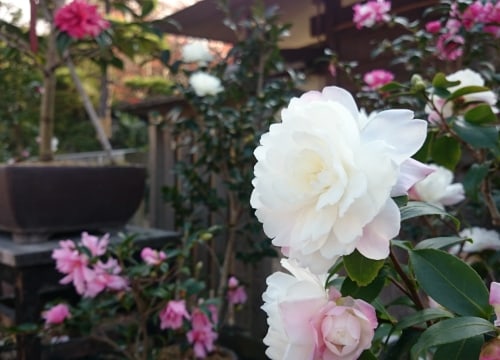
Camellia sasanqua
Best season: DecemberLocation: Throughout the gardenAmong camellia species, camellia sasanqua blooms before the common camellia and adds color to winter. The garden has 30 varieties of camellia sasanqua.

Common camellia
Best season: January to MarchLocation: Throughout the gardenThe common camellia began to be cherished in the Muromachi period with the popularity of the tea ceremony and remains a beloved flower used in tea ceremonies to this day.
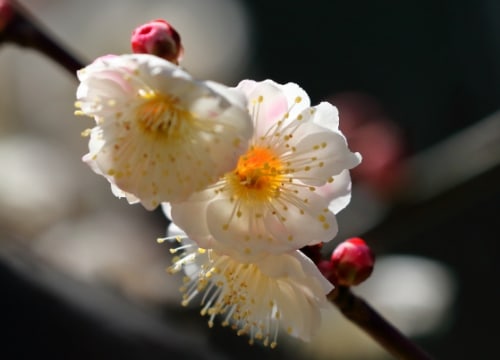
Japanese apricot
Best season: Mid-FebruaryLocation: Near SeitaiteiLoved since ancient times, the Japanese apricot tree is featured in many poems in the Manyoshu, Japan's oldest anthology of poetry. Even as flowers bloom in the bitter cold, they remind us of the approaching spring.
- Homepage
- Seasons at the Garden


